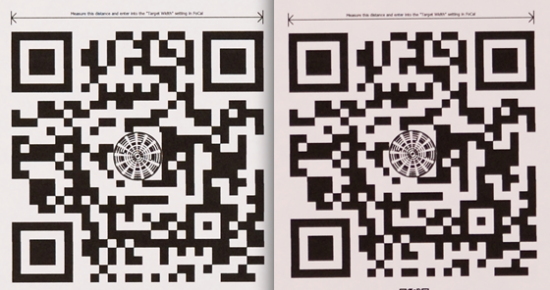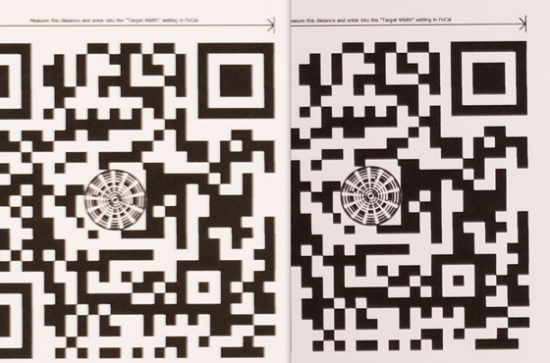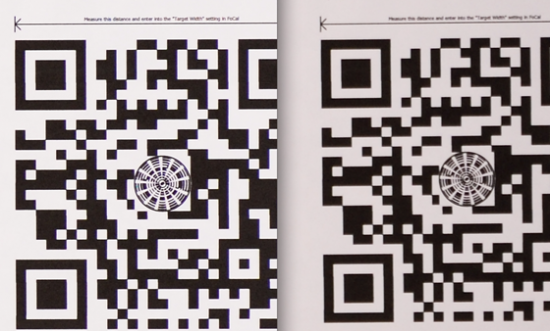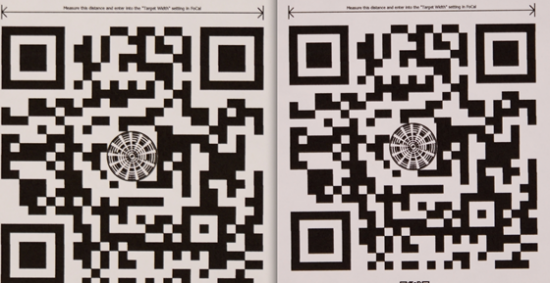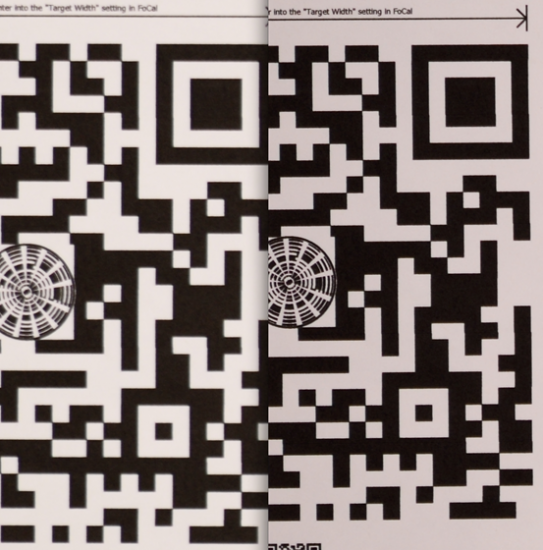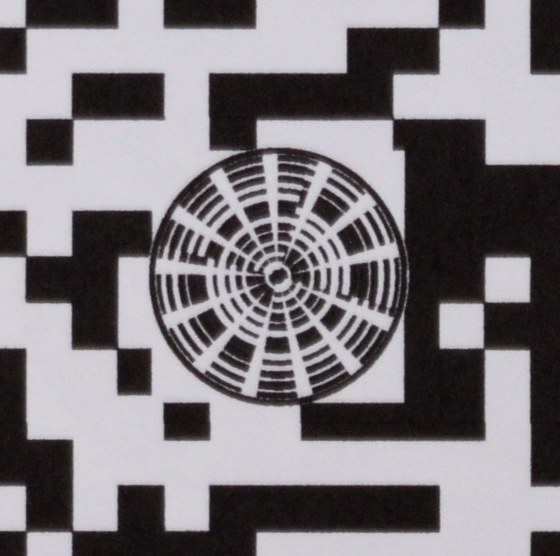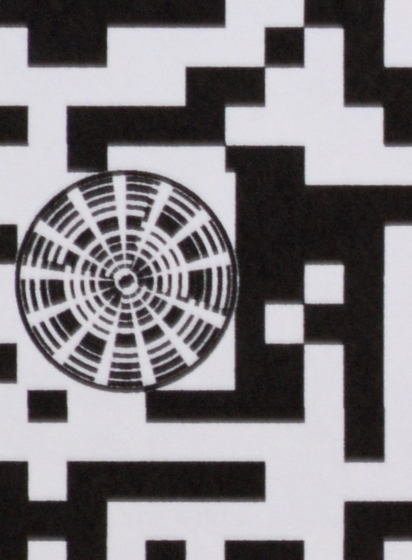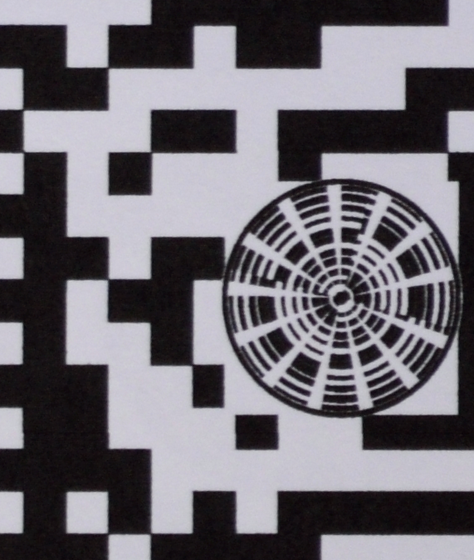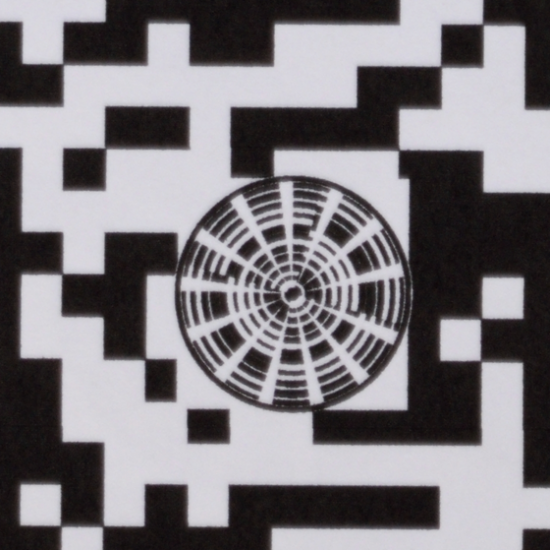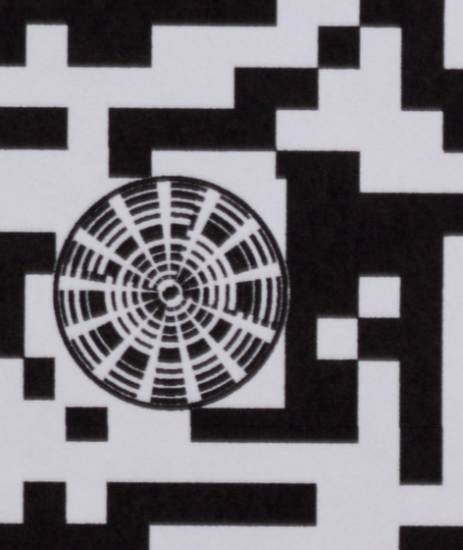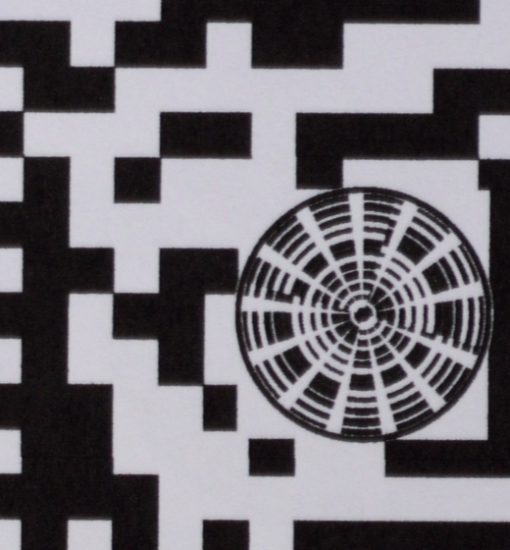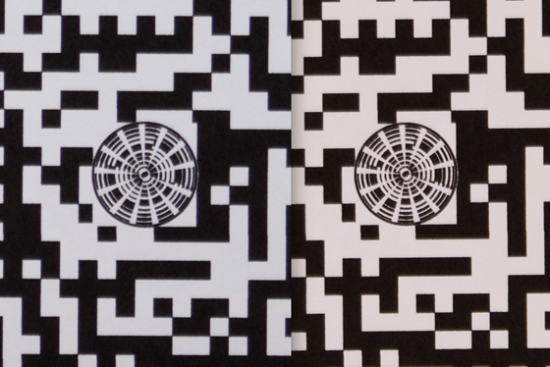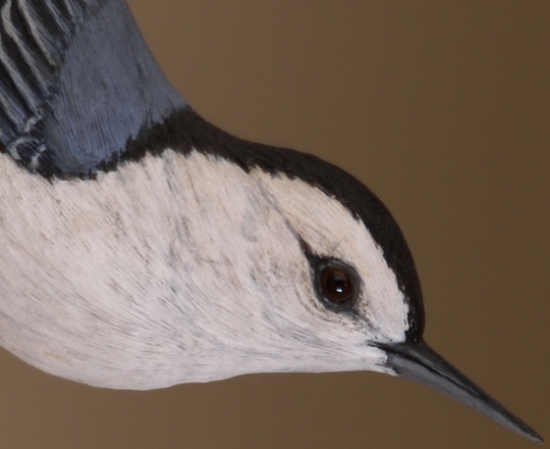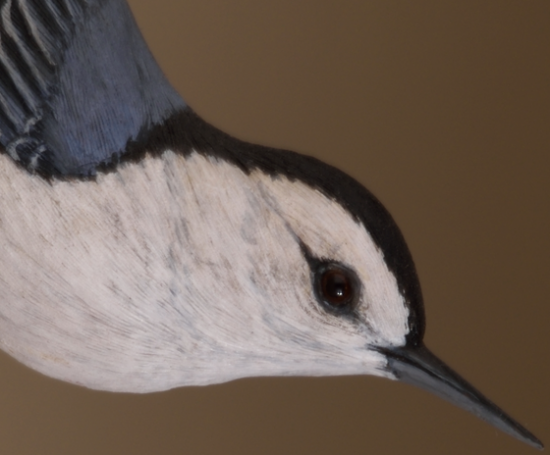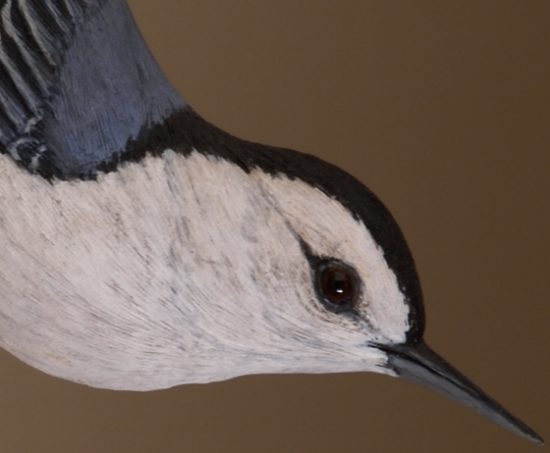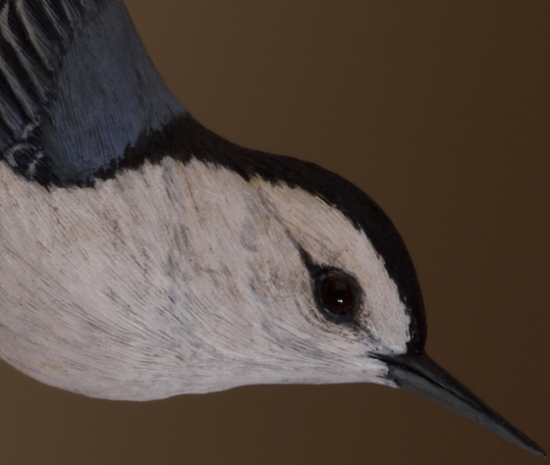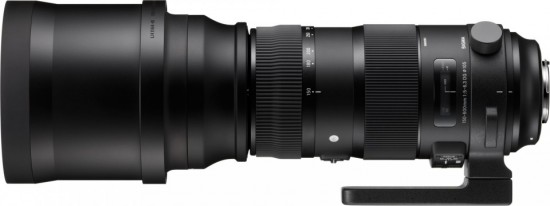
This new Sigma 150-600mm f/5-6.3 DG OS HSM Sports lens (see specs) is already shipping – you can check the availability at B&H, Adorama and Amazon.
Here is a detailed Sigma 150-600mm f/5-6.3 DG OS HSM Sports lens review is by Onasj.
I was fortunate to receive my Sigma 150-600 S yesterday; here are some first impressions:
1) It’s a beast, but a manageable one if you are used to lugging around a 300/2.8. In fact it feels virtually identical in size and weight as my Nikon 300/2.8. It’s a bit more unwieldy than the 300 prime because when the focal length isn’t locked, the lens will extend from end-to-end on the weight of the glass at the end. It can be shot handheld, just as the 300/2.8 can, with some effort and practice.
2) It’s very well designed. The zoom locks “hard” at 150 mm for transport, and “soft” at 180, 200, 250, 300, 400, and 600 (which also correspond to all the markings on the barrel). The soft locks are designed to prevent zoom creep from gravity, but also to be overcome by a firm twist or push/pull of the barrel. This works quite well, though I wonder if repeated use of the soft locks will eventually wear the mechanism down since it feels like the soft locks involve the lock switch sliding part-way towards lock (while the hard lock slides all the way). When shooting you can zoom the lens by pulling and pushing the barrel instead of twisting. You can assign two custom modes to the lens using the Sigma USB dock. Modes can include autofocus range (< 10 m or > 10 m), autofocus speed (slower or faster; presumably slower is more accurate). There are also two OS (aka VR) modes. The manual is poorly written and it’s not clear what the difference between the two OS modes really is, though OS 1 appears to behave more like Nikon’s “active” VR mode based on my tests. The tripod collar works very well and gives sharp images on a tripod even at 600 mm, VR off, 1/10 s with no obvious shake. (Sorry RRS!). It’s as if actual photographers designed this lens
3) It’s a pleasure to calibrate, even if it takes all day. Those of you who use software such as Reikan FoCal know that calibrating a lens that doesn’t AF well, or suffers from poor optics (bad CA, etc.), is a massive headache. So it was a good sign that the calibration with FoCal on a D810 went very smoothly. Still, it takes forever to do a full calibration because there are 16 (!) AF adjustment values that you can write into the lens’s firmware, representing a matrix of four focal lengths (150/250/400/600) and four distance ranges (~3 m, ~6 m, ~15 m, and infinite distance). Compared with the 35/1.4 Art in which many copies were difficult to calibrate because some distances needed back focus adjustment while other distances IN THE SAME RANGE needed front focus adjustment, my copy of the 150-600 was much better behaved, needing only relatively minor AF fine tune correction. My D810 needs at default +2 correction for a “perfect” lens, and the 150-600 mounted on this camera needed at most a +8 AF fine tune value among all distances and focal lengths tested, with an average of about +5. Which is quite good in my experience. However…
4) …For reasons that I can’t understand, Sigma’s USB dock + Sigma Optimization Pro software requires values for AF correction that are about TWICE that of the Nikon AF fine tune values. This is very different than the case of the 50/1.4 Art and the 35/1.4 Art, in which every 1 unit of Sigma dock correction corresponded to 1.4 units of Nikon AF fine tune correction. In other words, if your 150-600 needs Nikon AF fine tune correction of say +5, then you’ll need to set the Sigma dock correction value to +10. Which is odd because the Sigma values still only span -20 to +20. Meaning if your lens requires more than +10 or -10 Nikon AFFT correction values, then you will need to combine both Sigma dock correction and Nikon AFFT correction to optimize your lens. In case most copies of the 150-600 are similar (which was the case with the 35/1.4 and the 50/1.4), here are my final Sigma correction values for my D810. Since my D810 needs a +2 AFFT correction, you should subtract FOUR from each of these values, then add TWICE your camera’s base correction AFFT values if you want to try these correction values with your Sigma dock and your 150-600:
150 mm: +14/+16/+18/+18
250 mm: +12/+11/+11/+11
400 mm: +6/+6/+6/+6
600 mm: +6/+13/+18/+18
These values not only resulted in qualitatively more accurate AF, but also resulted in LensAlign results that were perfectly zeroed at all 16 focal lengths and distances tested.
5) On a more important, less geeky note, the sharpness of this lens, especially after calibration, is very impressive for a zoom super telephoto. At 600 mm it seems substantially sharper to me wide open than my Nikon 300/2.8 + TC20eIII wide open (though f/6.3 vs. f/5.6). For all but the edges and corners it is very sharp at 150 and at 250 and 400 and 600– no obvious weak spots– even wide open. Stopped down to f/8 it seems somewhat sharper yet, though it’s really good enough wide open that I don’t see myself stopping down for better optics.
6) AF is quite good. Not quite as fast as my 300/2.8, but close. Accuracy and lack of hunting see similar to the Nikon 300/2.8, which is quite a strong endorsement. Using the focus limiter switch for near or far distances helps with speed and accuracy, though if you forget to switch it off you’ll scratch your head for a bit if you shoot your next subject at a different focal length until you realize the switch is still set.
7) There is virtually no CA or distortion visible. Like with the Otus, it looks like the designers of the 150-600 designed to accept vignetting as a trade off for other optical benefits. Which is a good choice in my opinion.
8) Bokeh is really outstanding. Much better than I was fearing from such a complex lens with 24 glass elements in 16 groups! See the shot below of a window screen in the background just a few inches away from the subject.
9) Comes with a cloth “bucket”-style lens cap, not a hard plastic cap, just like the Nikon 300/2.8. The black zip-around semisoft case with padded strap (and the white outer box for that matter!) are both well designed and beautiful.
10) This lens is a natural fit for the D4s. The lack of wide apertures plus the focal lengths mean that you will likely be shooting with higher ISOs than the D810 can comfortably offer, in my experience, unless you have the best light or slowest subjects. Plus when shooting mobile subjects at such long lengths, a higher frame rate is extremely useful.
11) Why on earth did Sigma put the zoom ring towards the end of the lens and the focus ring towards the camera body? I guess they thought users aren’t likely to do much manual focusing with a 150-600, so the hand’s natural resting position should be near the zoom ring, but still… this is very confusing given that every other lens I own is the other way around.
Overall, I think this lens will be quite popular. Assuming it is as weatherproof and sturdy as Sigma claims, it could become a classic for sports and wildlife use.

Traditional cat photo under difficult conditions: handheld, AF, 600 mm, 1/250 s, modest light, ISO 22000, in front of a window screen (which you can barely see thanks to the nice bokeh), D4s. Raw NEF file here for people to overanalyze.
—
I finally had a few moments to compare, side-by-side, the Sigma 150-600 S and the Nikon 300/2.8 VRII (with and without the TC20eiii teleconverter). I know the dpforum readers include some very picky people, so I’ll state up front that there are many, many ways you can compare two lenses, especially two zooms, and since I have two real jobs and not enough time in every day, I picked just one of them.
The set up:
– D810, ISO 200, auto2 WB, 1/250 s, VR off, 3 s exposure delay to minimize vibration, on a sturdy tripod, with two SB910 speed lights illuminating a complicated silk tapestry. I tried to shoot perpendicular to the tapestry, but did not use a laser jig… just a bubble level and my eye. The distance was 9.0 feet, which is fairly close to the minimum focusing distance (8.53 feet) of the 150-600 and of the 300/2.8 (7.5 feet). I chose this distance because I suspected that the Sigma 150-600 suffers from rather strong focus breathing at the shortest distances, which is indeed the case as you can see.
– The Sigma was shot at 300/5.6 (wide open), or 600/6.3 (wide open). Three RAW photos, all defocused first, and I picked the sharpest of the three, converted to JPEG using default ViewNX2 settings.
– The Nikon was shot at 300/5.6 (two stops from wide open), or with the TC20eiii at 600/6.3 (1/3 of a stop from wide open). Three RAW photos, all defocused first, and I picked the sharpest of the three, converted to JPEG using default ViewNX2 settings.
Summary of results:
1) The Sigma has significant focus breathing at 9 feet, such that instead of 300 and 600 mm it feels like you are shooting at maybe 250 and 500 (just my very rough guess; I’m sure someone can calculate the exact ratio from my files below). I assume the focus breathing goes away by mid-range (about 20 feet), but this is worth keeping in mind.
2) As you might expect, the 300/2.8 (11 elements) lets much more light through than the 150-600 (24 elements). I shot these photos with TTL at ISO 200, but even so I had to drop the 300 mm Nikon photo by -0.7 EV and the 600 mm Nikon photo by -0.3 EV to get the images to be comparably exposed to the Sigma ones, because my speedlights were maxing out already in the Sigma shots.
3) Also as you might expect, the 300/2.8 VRII, which is one of the sharpest lenses ever made for the F-mount, at f/5.6, which is pretty much its sharpest aperture, and no TC, *handily* beats the Sigma at 300 mm and f/5.6 in terms of sharpness, both in the center and especially in the corners. That’s not to say that the Sigma is a poor performer, but rather that the Nikon is just a stellar performer. Corner performance for the Nikon is almost as good as center performance. Which is really an Otus-esque achievement (and at almost $6,000, it comes at an Otusesque price too)!
4) At 600 mm f/6.3 in the center of the image, it’s a much closer fight. Somewhat to my surprise, the Nikon 300 + TC20eiii still wins by a hair, in my opinion. Focus breathing aside, it’s more contrasty and sharper, especially beyond the center of the image. This was a surprise because when I handhold the Sigma at 600 I feel my keeper rate is higher than with the Nikon + TC, but that could reflect better/different VR, different technique (better holding position for the “smaller” Sigma vs. the longer Nikon + TC), or other factors. At the edges and corners, the Nikon’s advantage over the Sigma is greater still.
So overall, it’s not a shock that $6200 > $2000, but the Sigma holds its own with the venerable Nikon gear. If I needed the absolute best IQ at 300-600 mm, didn’t need the zoom, and/or needed corner and edge sharpness, I would bring the Nikon 300 and a small army of TCs. If I needed to travel “nimble” (not that either of these setups is that nimble), or needed the zoom, or didn’t care about edge sharpness, I would bring the Sigma. Of course you can buy the Sigma 150-600 S + a new Nikon D810 + a new Sigma 50/1.4 Art for the price of the Nikon 300/2.8 VRII + TC20eiii, which is pretty amazing when you think about it.
Also, the 100% crops below hide the fact that printed at a normal size or viewed at a typical crop on a monitor, these lenses behave rather similarly. I can tell that the edges of the Nikon frames are noticeably sharper than those of the Sigma frames even at a 20% full screen size, but besides that observation and the focus breathing issue, the picture quality for practical purposes is similar between the two set ups.
100% crops of the Nikon 300/2.8 @ f/5.6 (left), and the Sigma 150-600 @ 300 mm and f/5.6 (right), center region:

100% crops of the Nikon 300/2.8 + TC20eiii [600 mm] @ f/6.3 (left), and the Sigma 150-600 @ 600 mm and f/6.3 (right), center region:
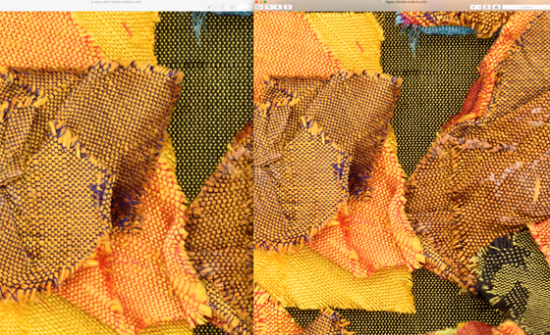
My review above was based mostly on close-distance shooting (9 feet), exposing the substantial focus breathing of this lens and some field curvature that degrades edge and corner sharpness.
Next, I will test focus breathing, sharpness, and comparisons to the Nikon 300/2.8 VRII + TC20eiii at a longer shooting distance of 40 feet. The results are very different than the results of shooting at 9 feet.
Methodology: D810, tripod, two speedlights, ISO 200, 1/250 s, 300 mm @ f/5.6 and 600 mm @ f/6.3 for both lenses. Both lenses have been thoroughly AF-calibrated by Reikan FoCal for maximum sharpness. I used AF to focus on the target in the middle of the image. Then without adjusting the focus, I panned the tripod to the right or to the left to being the target to the left edge or the right edge of the image. I then compared target size and sharpness in the center vs. left vs. right for the Sigma vs. Nikon at both 300 mm and 600 mm focal length (3 x 2 x 2 = 12 test images; the sharpest of three was chosen for each). Shot as lossless 14-bit raw NEF files, converted for dpreview posting by ViewNX2 using default highest quality settings. Link to NEF raw files appear at the end of this post. For the ultrageeky, the precise real-life length of the double-arrowed line at the top of the target is 118 mm. As before, the Sigma images are a bit underexposed due to the lower level of light transmitted through its 24 elements, versus the Nikon’s 11 elements.
1) Focus breathing: as anticipated, there is much less focus breathing by 40 feet. Both 600 mm and 300 mm on the Sigma 150-600 vs. the Nikon 300 (+TC20) are nearly identical in actual focal length. The Sigma images remain a bit smaller at 300 mm, but it takes a side-by-side comparison at 100% to really notice. At 600 mm, the Sigma gives images that are 94.2% smaller in linear dimension than the Nikon 300 + TC20. Which is also pretty hard to notice unless you have a side-by-side comparison (see the images below).
2) Sharpness (really, field curvature): WOW!!! The Sigma does MUCH better at this distance than at 9 feet. In fact I’m absolutely stunned by how sharp and CA-free the Sigma images are. Everything shown below are 100% crops. At 300 mm, f/5.6, the wide-open Sigma is almost as sharp in the center as the Nikon 300/2.8 @ f/5.6 (where this lens has legendary sharpness on a D810). At the edges it’s a draw: on the left edge, the Sigma is noticeably sharper than the Nikon, while on the right edge the Nikon is sharper than the Sigma. At 600 mm, f/6.3, the Sigma is simply razor sharp, and at center, left, and right, EASILY beats the Nikon 300 + TC20eiii in sharpness. I can’t emphasize enough how impressed I am to see 100% crops at 600 mm from a wide-open zoom lens.
3) Chromatic aberration: The Nikon without the TC has virtually no CA. The Nikon with the TC has noticeable (though not horrible) CA. The Sigma doesn’t have any significant CA at either focal length.
These results also explain why in Part I of this review, I stated that my early impression from using the lens in a non-testing environment was that the Sigma at 600 mm was significantly sharper than the Nikon 300/2.8 + TC20eiii. That’s because it is, at “normal” supertelephoto shooting distances.
Overall conclusion from Part II and Part III: at short distances (9 feet, very close to the minimum focusing distance), the Sigma 150-600 suffers from substantial focus breathing and field curvature that makes the edges slightly less sharp than than the center. At longer distances (40 feet), focus breathing is almost nonexistent, field curvature largely disappears, and sharpness, especially at 600 mm, is simply incredible for a $2000 supertelephoto zoom lens. A secondary conclusion, for the reviewers out there, is that your conclusions will depend strongly on subject distance.
For all images below, the Nikon is on the LEFT side, and the Sigma is on the RIGHT side (easy to remember because the Sigma image is slightly smaller and darker). All images are 100% crops!
300 mm, f/5.6, center:
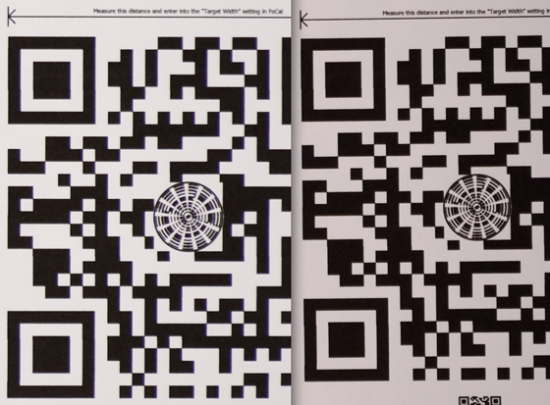
Link to all files, including 12 NEFs and 12 converted JPEGs.
Performance with the 1.4x Sigma TC-1401 and with the 2.0x Sigma TC-2001 teleconverters
I recently received my Sigma TC-1401 and TC-2001 teleconverters.
1) The TCs are packaged beautifully in small white boxes, with wonderful small black nylon zip-around cylindrical padded cases for each TC. The outer dimensions of the black cases are identical, but the case for the shorter 1.4x TC has a larger base cushion so the fit is ideal (i.e., slightly snug) for both cases. Bravo Sigma; these are much nicer cases than the cloth bags provided with the Nikon TCs.
2) The TCs handle and mount just like the current generation (eIII) Nikon equivalents. They seem well-built, and sturdy. Based on their heat conduction and weight I suspect they are mostly or entirely metal. The mounts are metal.
3) You CANNOT stack the Sigma TC-1401 and the Sigma TC-2001, in either order. In fact if you try, the front and rear elements of the two TCs will collide. So don’t try Yes, that’s the sound of your 1680-mm dreams crashing and burning in the swamp. Don’t worry, you would have needed a small star to illuminate your target at 1680 mm f/19 (which would be a wide open 600+both TCs) anyway.
4) Both TCs perform very, very well overall. In fact I think the TC-2001 might be better than the Nikon TC-20eiii, which is already very good. And the TC-1401 seems to only barely degrade performance even wide open, similar to the outstanding Nikon TC-14eiii.
5) The Sigma 150-600 S + TC-1401 when shot at 600 mm creates EXIF data that lists the focal length at 850 mm (not 840 mm). I’m fairly sure that 600 x 1.4 = 840, so either the TC is actually a 1.42x teleconverter, or it’s not accurately reporting information to the body. Other than that, the lens + TC combinations report data as expected to my D810. New AF fine tune “slots” are created by the D810 for the 150-600+TC-1401 and for the 150-600+TC-2001 combinations, just as with the Nikon lens + TC combinations.
6) In a major pleasant surprise, the 150-600 + TC-2001 autofocuses just fine in Live View (but not using the viewfinder), despite Sigma’s spec sheets stating at this combination with not autofocus. The 150-600 + TC-1401 autofocuses just fine either way (in fact for my copies the viewfinder AF seems to result in slightly sharper images than live view AF, for reasons that I don’t understand).
6) Testing methodology: Nikon D810, two Nikon SB-910 speed lights illuminating the targets, 150-600 S carefully AF finetuned as described in Part I of my review, sturdy carbon fiber tripod, VR off, AF-S, remote trigger of shutter with 3-second exposure delay to minimize vibration, shooting at 40 feet distance from the subject. Images were shot as 14-bit lossless compressed raw (NEF) files, then converted to JPG at highest quality settings using ViewNX2 and default settings. No sharpening, beyond what ViewNX2 might do with its default settings, was applied. I shot the Focal target (printed on a crappy inkjet printer so the fading of the black rectangles is the fault of the printer, not the lens) in the center, left edge, and right edge of the frame, as well as a very cooperative bird. So cooperative that the bird sat in the exact same place inside my warm home even while it’s dark and freezing outside. Fine, it might be a carved wooden bird, but it’s an unusually finely carved one (see pictures below). But this bird lets us directly A/B compare different lenses and settings, which a real bird would not. Plus it’s dark outside. And freezing. The targets were shot at ISO 400. The birds were shot at ISO 64.
Results:
A) Focal target, 150-600 S at 600 mm + TC-1401 (“850” mm), wide open (f/9), center of frame, then left edge, then right edge. All images below are 100% crops. Again, the fading of the black rectangular shapes at their bottom edges is the fault of my inkjet printer, not the lenses.
The performance of the TC-1401 is very good, and if you compare with the images taken wide open in part III of my review you’ll notice only a small degradation of image quality.
B) Focal target, 150-600 S at 600 mm + TC-2001 (1200 mm), wide open (f/13), center of frame, then left edge, then right edge. All images below are 100% crops. Again, the fading of the black rectangular shapes at their bottom edges is the fault of my inkjet printer, not the lenses.
I consider these results to be excellent. Maybe even superb. After all, these are 100% crops of a 36 MP image shot at 1200 mm! They are sharper and more free of CA or other optical defects than I could have hoped for.
C) Comparison of 150-600 S at 300 mm + TC-2001 (600 mm effective focal length) versus 150-600 S at 600 mm with no TC. Wide open for both (f/11 versus f/6.3). Left is the 300 + TC-2001; right is the 600 w/o TC:
The 600 mm without TC wins, of course, but not by much. Sorry for the different WB– my earlier tests bounced the speedlights off the ceilings and walls, which tinted the lighting a bit; today’s tests used more direct lighting, which is whiter.
D) (Wooden) bird in the center of the frame, wide open, 850 mm f/9 or 1200 mm f/13, AF with viewfinder for 850 mm, AF with Live View for 1200 mm. The distance of the eye of the bird to the tip of its beak is 1″. The bird was shot at a distance of 37 feet. All images below are 100% crops.
My first impressions were something like “these images are sharper than a 850 or 1200 mm wide-open image has any right to be”. Now that I’m somewhat calmer, I think they are just very, very good.
E) (Wooden) bird in the center of the frame, stopped down 2/3 of a stop, 850 mm f/11 or 1200 mm f/16, AF with viewfinder for 850 mm, AF with Live View for 1200 mm. The distance of the eye of the bird to the tip of its beak is 1″. The bird was shot at a distance of 37 feet. All images below are 100% crops, except the last image which shows the full frame.
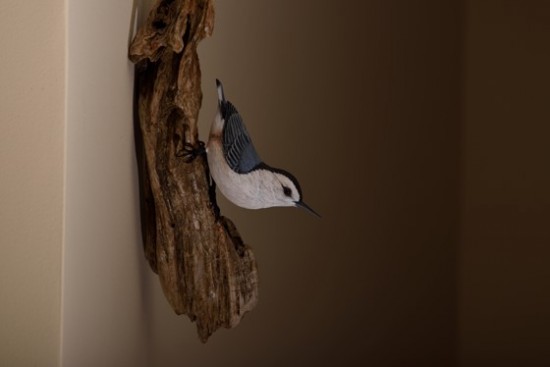
Entire frame, 1200 mm, f/16 (not a crop). The bird is about 4″ long from the tip of the beak to its tail.
Stopping down seems to yield more detail, though I suspect diffraction on the D810 sensor at these apertures may be limiting acuity here.
Overall, I’m very impressed with the performance of the 150-600 S + TC-1401 or TC-2001. Keep in mind that these 100% crops show only about 2.5″ of a (fake) bird shot at 37 feet away! Next up, when I have time… astrophotography.
All raw (NEF) files, full-size JPEGs, and crops can be downloaded here.
If you have an interesting idea for a guest post, you can contact me here.
